Titanium dioxide nanostructures and bio-inspired intelligent surfaces with special wettability: meet Prof. Yuekun Lai.
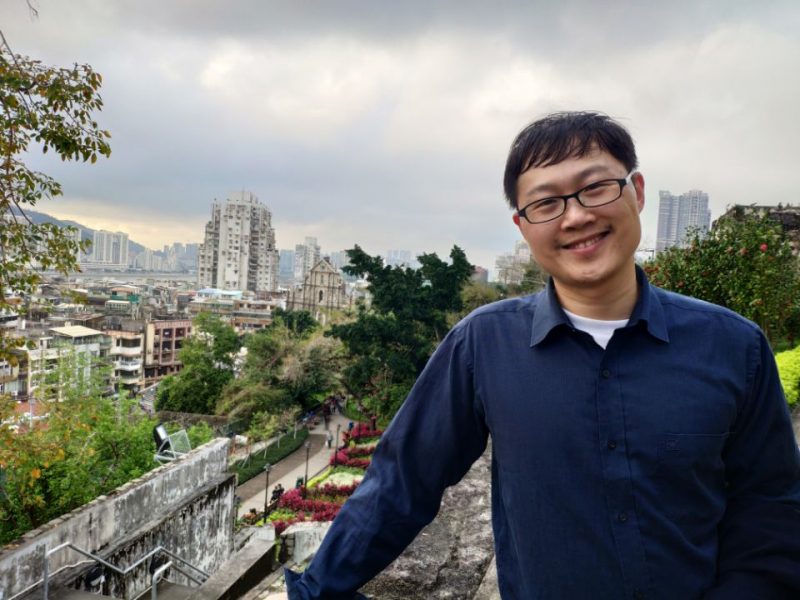

Titanium dioxide nanostructures and bio-inspired intelligent surfaces with special wettability: meet Prof. Yuekun Lai.
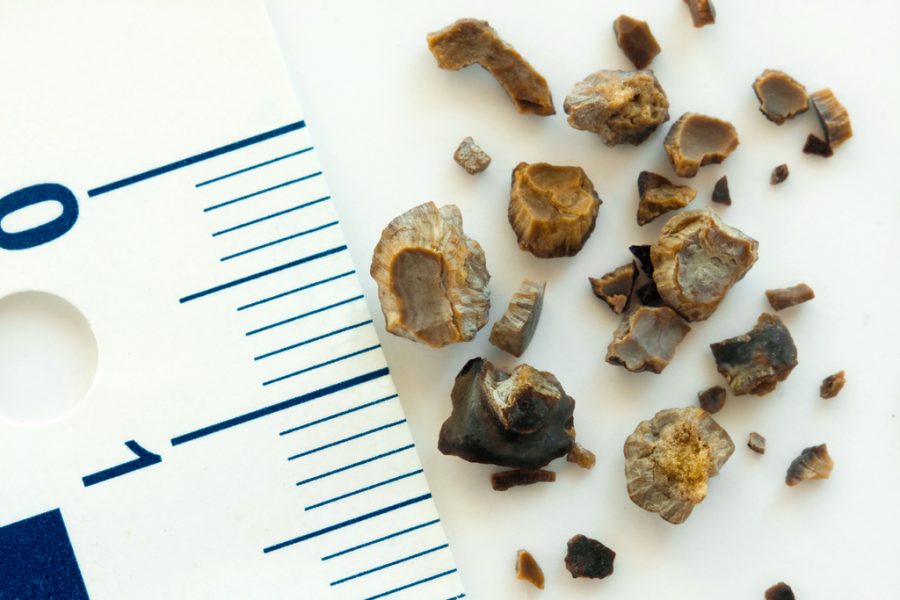
French scientists report on their new findings on fragments and dust after holmium laser lithotripsy with and without ‘Moses technology’ applied to urinary stones.
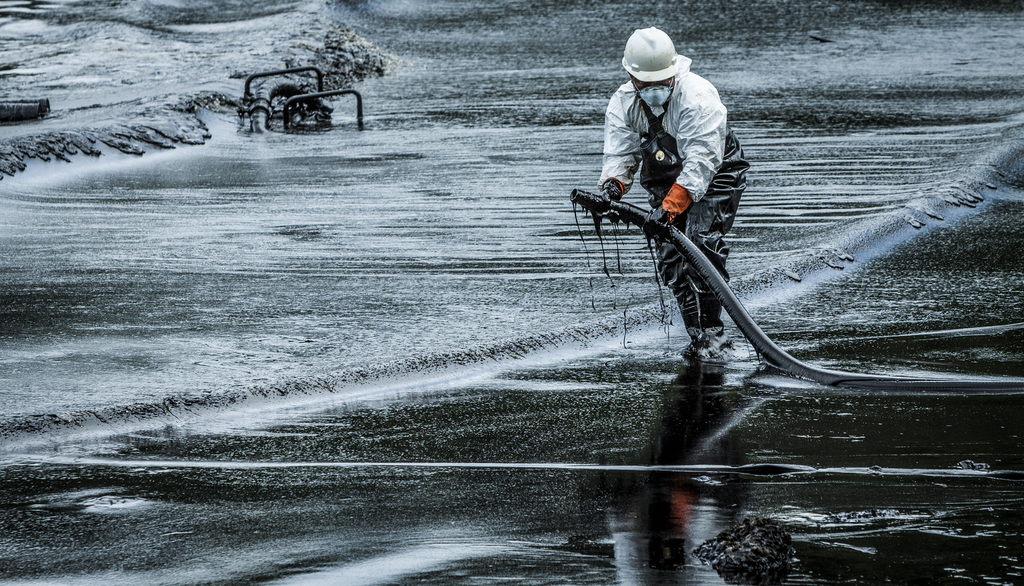
A team of Argentinian researchers developed a superhydrophobic and oleophilic carbonaceous nanosponge (CN) with high adsorption capacity for selective oil removal from water which could be used in case of oil spills.
Novel findings suggest that miR‐146a‐5p may be useful as a noninvasive biomarker and as a targeted therapeutic in several cancers.

Could the next generation of batteries be powered by the atmosphere?
A review finds that the increasing share of variable power generation calls for a better presentation of operational details in the power system planning models.
Proteins with similar domain structures and activities have been found throughout eukaryotes, demonstrating that this protein family arose from an ancient ancestor.
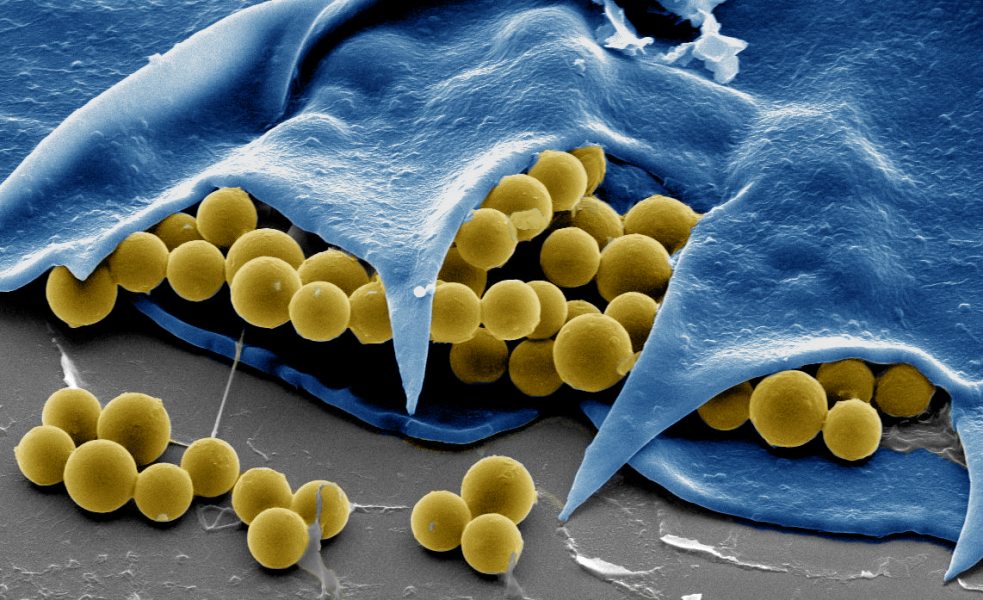
The Rotibot decontaminates water using functionalized microbeads (yellow) accumulated around the rotifer mouth (blue).
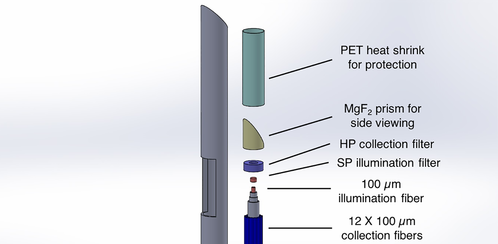
A team of Canadian researchers developed and clinically tested a navigation‐guided fiberoptic Raman probe that allows surgeons to interrogate brain tissue in situ at the tip of the biopsy needle prior to tissue removal.
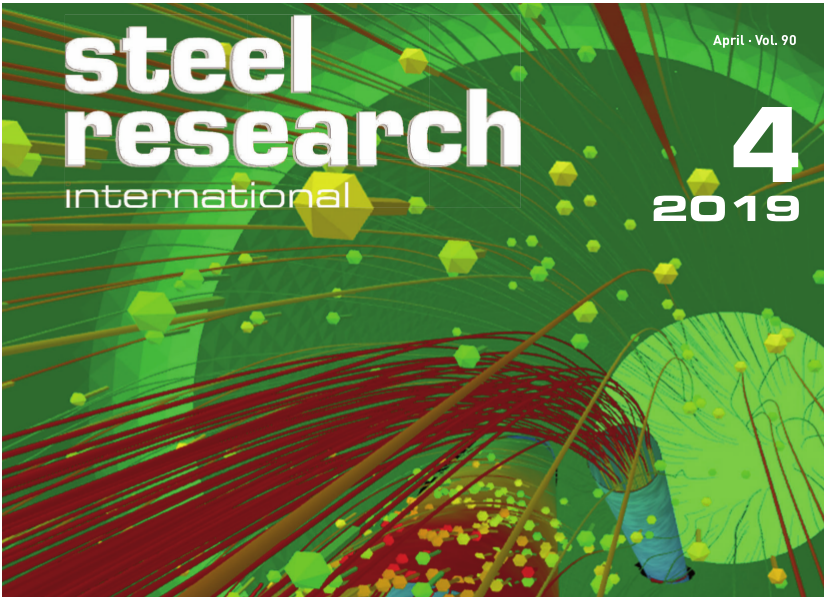
Special Issue on manifold visualisation and simulation technologies for steel manufacturing published in Steel Research International.